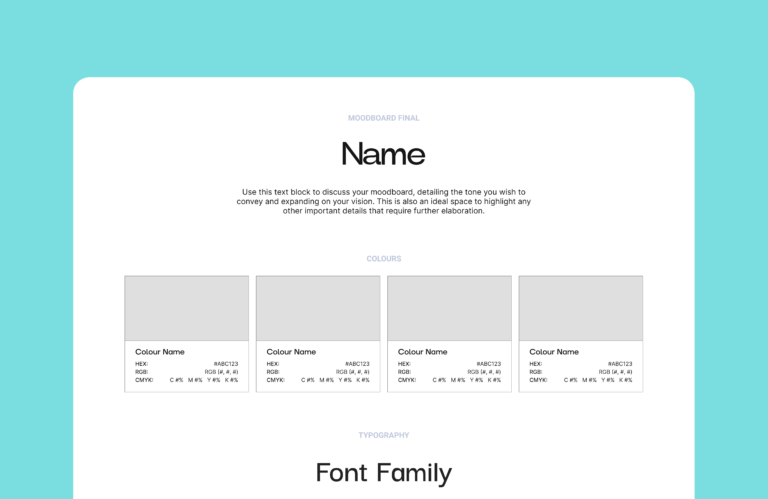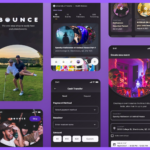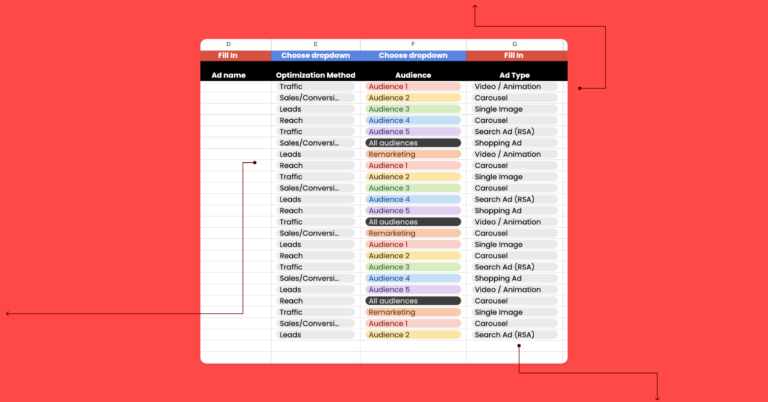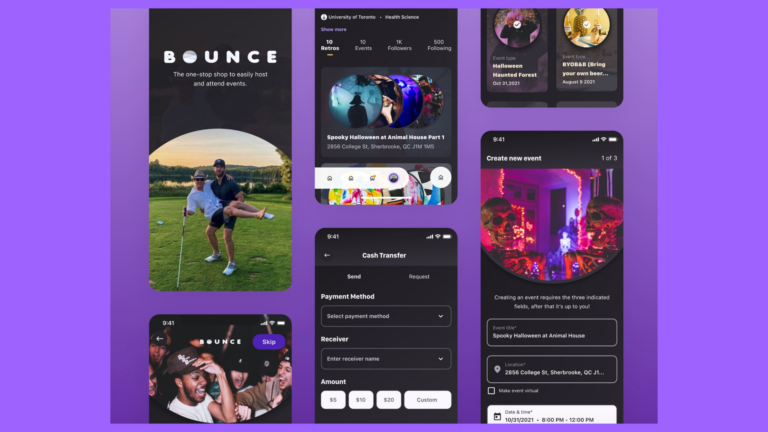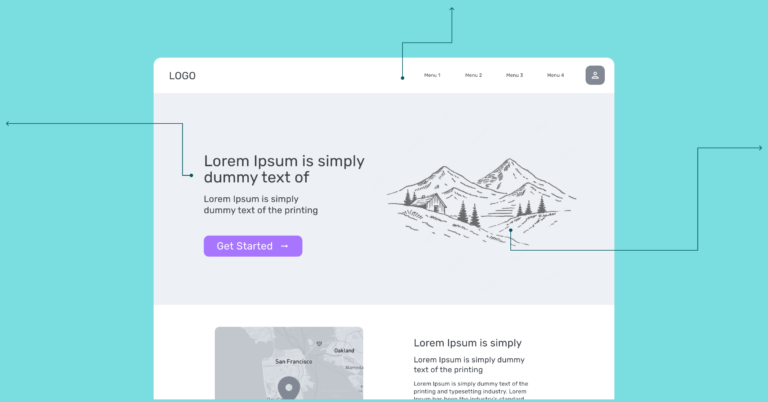At Produktiv, we take all our growth marketing projects to heart, and we love the creative process guided in part by science and in part by art. So while we continuously live, breathe and execute marketing, we cannot emphasize the momentousness of A/B testing any less.
Marketing gurus have been talking about how A/B testing is a surefire way to gauge your campaign performance. You won’t reap the sweet fruits of success unless you dig into what it takes to get your audience moving.
With time, we’ve done a lot of A/B testing for our clients. Some time back with a very cool software company based in Toronto, A/B test results for the updated CTA buttons showed 65% more visits to the page and a 250% increase in contact form submissions.
Whether you are just getting the hang of how to optimize your web pages or have been doing it like a pro, don’t leave money on the table. We want you to A/B test your campaigns, landing pages, social media ad copies and anything else that matters to you. In these 990 words below, we will show you how.
What is A/B testing and why bother?
Simply put, A/B testing is comparing two versions of something. Say you want to test the performance of a landing page or a social media campaign, and you create two versions of it, one only slightly different from the other. You test both of these versions (A and B) with different audience segments to conclude why one performed better than the other. This way, learning what works better for you can help you make guided decisions in the future.
A/B testing eliminates guesswork from your marketing strategy and gives you concrete data that can improve the performance of everything you do on your digital platforms. For instance, in the example above, our client’s version A of the CTA reading ‘book a demo’ did not perform that well as compared to version B, ‘get in touch.’
Users and algorithms are getting smarter every minute. So while you get kitted out to build your digital footprint with organic strategies, you need to keep testing continuously. In digital space, when audience responses may sometimes seem whimsical, A/B testing will be your guiding light.
The how-to of A/B testing for growth marketing
Again with so much advice to soak in, it’s easier to remember what not to do versus what should be done. If you are the new kid on the block, then getting started with these basic ground rules will make sure you pull this easily.
Do not test all at once
When performing an A/B test, choose a single element from all your digital assets. Try to pick something that you think might benefit from a change. Then make sure you plan your test to measure that specific change.
Let’s say you create an email campaign with a special offer for a limited time. Your open rate for the email campaign is great, but you find it tricky to push customers further down the funnel and get them to click the offer itself. In this case, you can experiment by creating a version with a different CTA or a call-to-action button that is bigger or smaller in size.
Tweaking and testing one element at a time will tell you exactly what worked. But, if you fiddle with everything at once and change the design or content of your email campaign for an A/B test, you will never know which variable led to greater conversions.
Do not start without an end goal
As with all scientific experiments, the more you regulate each step of your testing, the clearer your resulting correlations will be. While trying to do A/B testing for a specific page or campaign, think about what it is you want to drive home.
Some of your end goals could include:
- More high-quality leads
- More visitors to your landing page
- More referrals for a time-specific campaign
- More customers taking advantage of an offer
Start by understanding how your assets are currently performing and create goals for each of them. Then, develop hypotheses for the changes that you think would help these assets perform better. The ‘More’ should be either a percentage or a specific number to match your goals vs the reality at the end of the test.
All the data you gather from A/B testing comes from champions, challengers and variations.
| Champion | Marketing asset that you want to test, such as a web page or social ad |
| Companion | Version one of a key element, such as the wording on a CTA or button |
| Challenger | Version two of the same key element |
Do not forget your audience
Once you have your champion and challenger set in stone, it is time to test. Like all other marketing strategies, you may have already identified your target audience for the test too. Now all you need to do is divide them into two groups for tests A and B.
Ideally, you should have the same type of audience group for the testing, meaning they should not only have the same demographics but also the same psychographics. It is easier to determine the results of your test if both the groups think or behave in a nearly similar way. This way, your results aren’t skewed.
Another thing to bear in mind is to allow any of your digital assets to sit for two weeks before you analyze the results. Organic testing for digital growth is a slow game but the only solid one to scale your success.
Need some help with A/B testing? Let’s talk.
If marketing is not your thing, you might wonder why your landing pages do not work the same as your competitors or why that email funnel does not stir your audience even though you mimicked a high-performing one. The answer is that all businesses are different, and all audience groups behave differently.
Leave it to us. Our Startup Growth Marketing Kit contains the basic templates and instructions you’ll need to get started. And it’s free! So come and get it.





